Strengthening Natural Resource Management with LiDAR Training
PROJECT OVERVIEW
The State of Minnesota is using an optical remote sensing technology called LiDAR (Light Detection and Ranging) to procure high resolution digital elevation data for the entire state. Precision, efficacy, and cost efficiency of numerous types of natural resource management activities can be greatly enhanced by use of this data. Potential users include natural resource professionals at all levels of government and in the private sector. However, most potential users have not yet had experience using this type of data because it's a relatively new technology. Through this appropriation the University of Minnesota's Water Resources Center is developing and implementing a training program that will enable natural resource professionals throughout the state to effectively employ this data in a variety of different applications in natural resource evaluation, management, and protection.
OVERALL PROJECT OUTCOME AND RESULTS
The State of Minnesota, in 2013, completed acquisition of high resolution digital elevation data using LiDAR (Light Detection and Ranging). Full use of the data can greatly enhance natural resource management and protection, however, most natural resource managers did not have experience using this very dense data or its applications.
- The goal of the project was to enable natural resource managers with GIS skills to effectively use LiDAR data in restoring, protecting, and managing natural resources.
- The methods used were to develop six teaching modules focused on major application areas, deliver the modules as hands-on workshops in computer laboratories around the state, and then enhance the modules for web-based self-learning. An additional set of four webinars was delivered, recorded, and posted to the web to supplement the workshop modules. An on-line user Forum was established to provide answers to questions about using LiDAR data and its applications.
- The module subjects are Basics of LiDAR, Terrain Analysis, Hydrology Applications, Engineering Applications, Wetland Mapping, and Forestry Applications. The on-line materials for the modules include lectures and exercises in Powerpoint slide, text, and video formats.
- The module workshops were delivered in 34 sessions at eight locations across the state, with a total attendance of 558, (226 individuals in one or more modules).
- Post-workshop surveys enabled workshop presenters to make adjustments to the workshop materials and presentations as the workshops progressed.
- The webinars addressed the use of hydrology tools recently developed in Minnesota, hydrology applications in the Red River Basin, and LiDAR for non-technical managers and staff. Total webinar participation was 437.
- The user Forum currently has 24 topic areas and 121 posts answering questions from technicians employing LiDAR data.
Post-workshop surveys indicated that participants increased field work efficiency and area covered, performed analyses not previously possible, better targeted practices and resources, and improved visualization of projects and communication with clients.
PROJECT RESULTS USE AND DISSEMINATION<
This was a training project, so advertising for and delivering the training (Activity 2) was a large part of dissemination of the project results. Announcements soliciting participants for the 34 workshop sessions and four webinars, and announcing the user Forum and on-line resources were distributed primarily as emails through organizations and associations of the target audience.
Information about the project has been presented at the 2012 Minnesota Water Conference, , the USDA 2012 National Land Grant/Sea Grant Water Conference, the 2011 and 2012 annual conferences of the Minnesota GIS/LIS Consortium, and the 2013 national meetings of the Soil and Water Conservation Society. We expect that use of the on-line project resources will extend well beyond Minnesota since other states have not yet developed LiDAR training programs.
$90,000 the first year and $90,000 the second year are from the trust fund to the Board of Regents of the University of Minnesota to provide workshops and Web-based training and information on the use of LiDAR elevation data in planning for and managing natural resources.
Click on "Final Report" under "Project Details".
Click on "Final Report" under "Project Details".
$90,000 the first year and $90,000 the second year are from the trust fund to the Board of Regents of the University of Minnesota to provide workshops and Web-based training and information on the use of LiDAR elevation data in planning for and managing natural resources.
Click on "Final Report" under "Project Details".
Click on "Final Report" under "Project Details".
